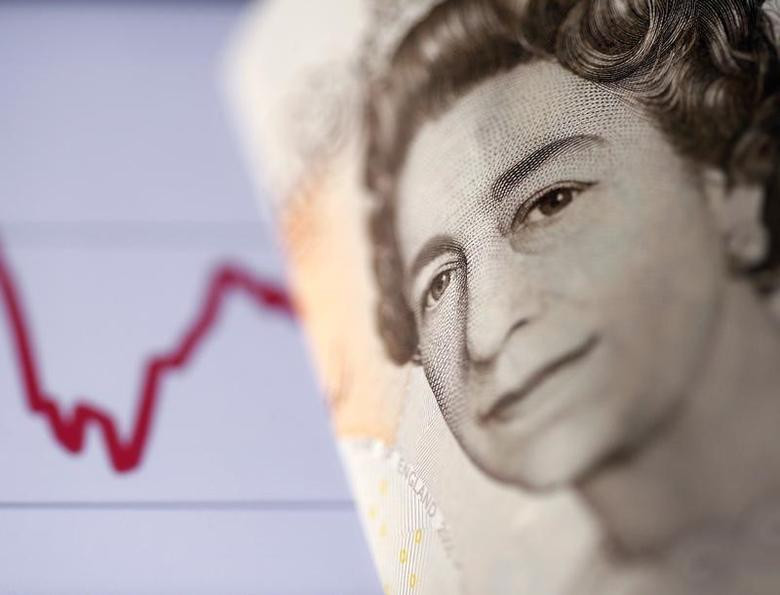
On Thursday, the GBP/USD pair is struggling to hold near the 1.3200 mark. Amid the lack of important statistics from the United Kingdom, the trajectory of the British currency is mainly determined by demand for risk assets.
Market participants are also cautious as the new escalation of tensions between the US and China emerged. The White House is planning to impose sanctions on companies that help China sustain its presence in the South China Sea after China has launched two ballistic missiles in the disputed region. In addition, US Secretary of State Michael Pompeo criticized Beijing for intimidating US supporters in the UK.
Against this background, the US dollar index has slightly rebounded and settled near the level of 93. Nonetheless, traders are still worried about the prospects for the US economic recovery.
Today, the US Department of Commerce released its second estimate of national GDP for the second quarter. Although the indicator turned out to be slightly better than was previously expected (-32.9%), it fell by a record 31.7% year-on-year. The steepest decline in GDP by 12.9% was last recorded in 1932.
"The dynamics of the pound for the rest of the week will be determined solely by external factors, given the uneventful economic calendar in the UK," analysts at Scotiabank said.
"Next week is not going to be better as the most notable report planned for release will be the revised UK business activity data," they added.
In recent weeks, the British currency has surged against the US dollar to five-month highs amid the widespread weakening of the greenback.
Some analysts expect the pound to start a downward correction amid the risk that the UK may leave the EU without a trade deal. Besides, the UK government's program aimed at limiting layoffs ends in October which may trigger the rise in unemployment.
In addition, the UK national debt is rapidly increasing and is about to exceed 100% of GDP. Moreover, a threat of a double deficit could also undermine investor confidence in the country.
"The expiration of the state program against layoffs could undermine the recovery of the British economy. Therefore, the downward risks for the pound still remain. The first signs of deteriorating sentiment in the United Kingdom may soon develop into the sterling lagging behind the rest of the 10 major currencies," MUFG strategists believe.
"It appears that investors continue to downplay the fact that the trade agreement between London and Brussels still has not been reached. This may put the pound under more pressure in the coming weeks," experts told ING.
"GBP/USD has been trading mixed for most of this month, especially over the past few days. There were some relatively sharp, but short-lived fluctuations. At the moment, the pair may continue to fluctuate between the two key levels of 1.3000 and 1.3300. Only when the pair breaks above or below this trading range, we can indicate the beginning of a more sustainable movement," specialists at UOB noted.





















